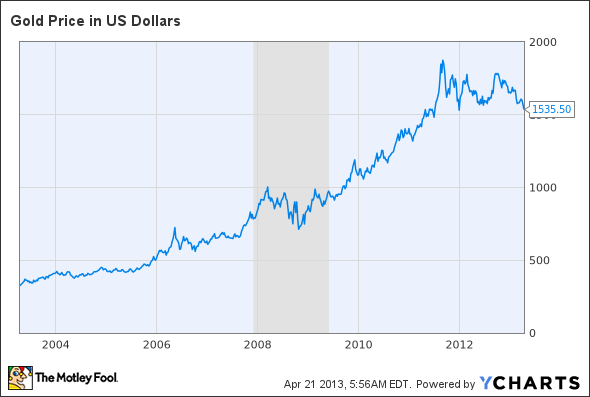Troubled homeowners who received modified mortgages through a federal program are seeing high default rates, a troubling trend that officials inadequately understand, according to an investigator’s report released Wednesday.
The oldest permanent modifications made through the federal Home Affordable Modification Program, which launched in 2009, were redefaulting at a rate of 46.1% as of March 31, according to the report from the special inspector general overseeing the Treasury Department’s efforts to shore up the U.S. financial system. HAMP’s permanent modifications from 2010 have redefault rates ranging from 28.9% to 37.6%.
“The number of homeowners who have redefaulted on a HAMP permanent mortgage modification is increasing at an alarming rate,” the report said. “Treasury’s data shows that the longer a homeowner remains in HAMP, the more likely he or she is to redefault out of the program.”
Unfortunately, Treasury officials have an insufficient understanding of factors behind failures, according to the report.
“Better knowledge of the characteristics of the loan, the homeowners, the servicer, or the modification, more prone to redefault will increase Treasury’s understanding of the underlying problems that cause redefaults and provide Treasury an opportunity to address these issues proactively,” the inspector general said.
HAMP mortgages are modified to lower monthly payments by cutting interest rates and extending terms, among other actions. Servicers and borrowers receive incentive payments through the program.
Unsuccessful modifications have a “devastating effect,” according to the report.
“Redefaulted HAMP modifications on already struggling homeowners when any amounts previously modified suddenly come due,” according to the report. “When the homeowner cannot pay it, they lose their home to foreclosure.”
When Treasury launched HAMP, officials said the program could help 3 million to 4 million at-risk homeowners avoid foreclosure. However, as of March 31, only about 2 million HAMP modifications had been started, and 54% of these have been cancelled, according to the report.
—
Click below for the full article.
http://blogs.marketwatch.com/thetell/2013/04/24/modified-mortgages-show-alarming-default-trend/



